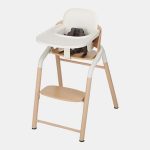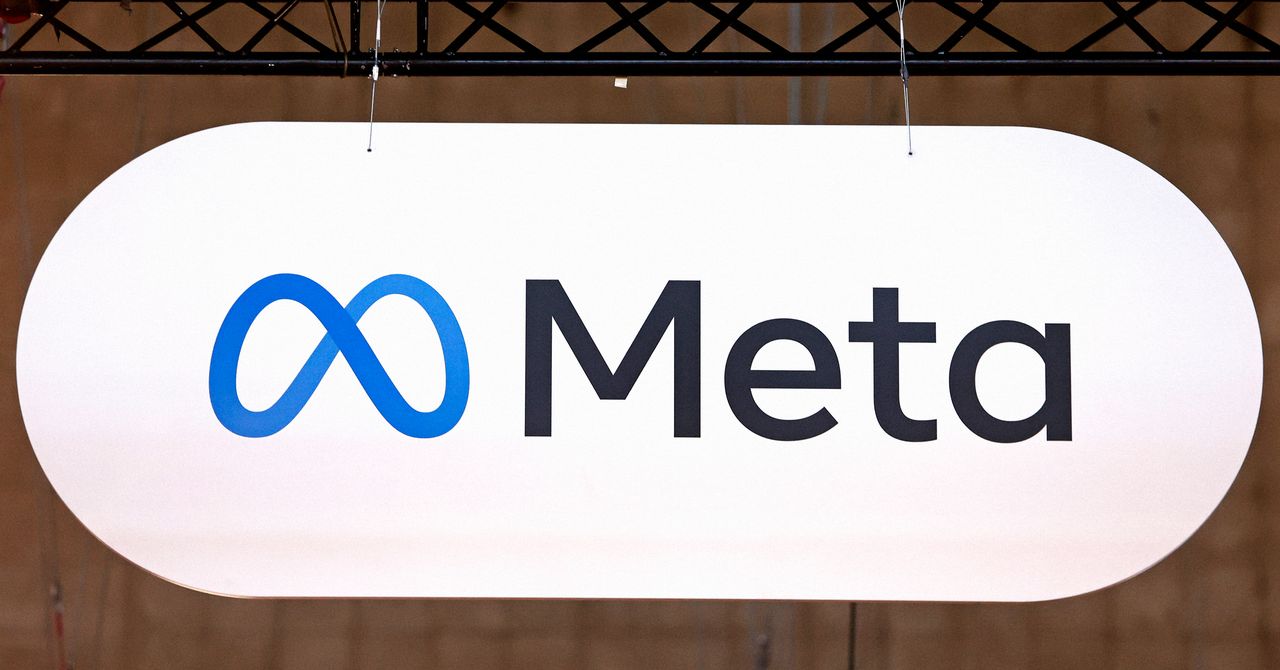
One way to reduce the risk of problems big and small with your credit is to take a few protective measures, says Grimes at WorkMoney. These include:
Regularly review all three credit reports. You can do this free at AnnualCreditReport.com, or at each of the credit bureaus’ websites. (You can also request your credit report by mail if you’re unable to get the report online.) While reports are available on a weekly basis, checking all three credit bureau reports once a month should be sufficient, Reynolds says.
Sign up with your bank to receive alerts every time there is a transaction. It may be annoying, but it’s an easy and fast way to discover if an account is being used by someone other than you, Grimes says. To sign up, go to the bank or credit card company website and opt in to receive text or email alerts for each withdrawal, deposit, or charge posted to or from your account, and to be notified of any potential fraudulent activity.
Sign up for free credit score or credit report monitoring if offered by your credit card company or bank. That’s how Chambers of Washington state first noticed that something was wrong with her credit report. She received several alerts that her credit score had decreased and that there were unpaid charges from the loans in her name. “I’ve been working so hard to get my credit perfect after my divorce so that I could buy a house,” she says. “But that’s when I saw that there was a charge for this company I’d never heard of.”
If you were notified that your data was exposed as part of a large data breach, take advantage of free monitoring services offered. That’s what one 81-year-old man from Greenwood, S.C., did after one of his accounts was part of a breach. “I use the basic service [and ignore] the frequent invitation to upgrade at a modest cost.” So does another study participant, 64, from Momence, Ill., who was offered free credit monitoring for a year by his mortgage company after it experienced a hack of customer data.
Good to know: If your data has been exposed, and you’ve also been offered free identity theft protection, consider signing up. These services can spot early signs of identity theft by scanning credit applications, public records, and other sources for your personal information.
Consider freezing your credit at each of the three credit bureaus. This is one way to prevent fraudulent accounts from being opened in your name, the CFPB told CR. Do this by going to each of the three credit bureau websites, logging in to your account, and setting it to “freeze.” You can also request that your report be frozen by phone or mail. You’ll find instructions to freeze your report at each major bureau on this USA.gov page.
Good to know: You’ll need to unfreeze your account if you wish to apply for a loan or other credit, so keep your password, PIN, and log-in information in a safe place to avoid having trouble reaccessing your files.
One of CR’s policy recommendations is that the bureaus freeze consumers’ credit files as a default, Reynolds says. That would stop anyone from accessing your credit information without your approval.
Spot a mistake on your credit report? File a dispute. To do this, first gather up your evidence—account statements and payment records, for example, and print them out. Then write a letter to each of the three credit bureaus. Make copies of the entire packet, include one for yourself, and send them via snail mail, certified, to each of the credit bureaus. “You want to create a paper trail,” Reynolds says. Companies have 30 days to respond. If that doesn’t result in the decision you want, you can then file a complaint with the CFPB. And if that, too, is denied, consider hiring an attorney who specializes in credit law. You can find one in your area through the National Association of Consumer Advocates.









